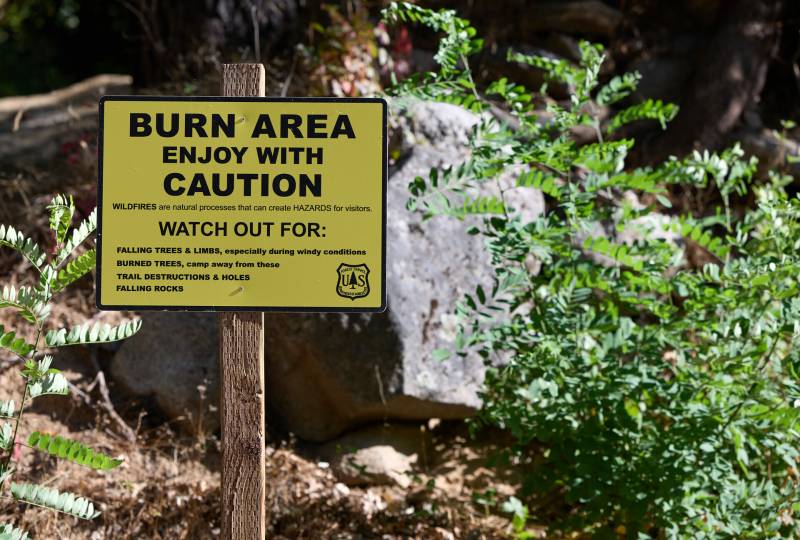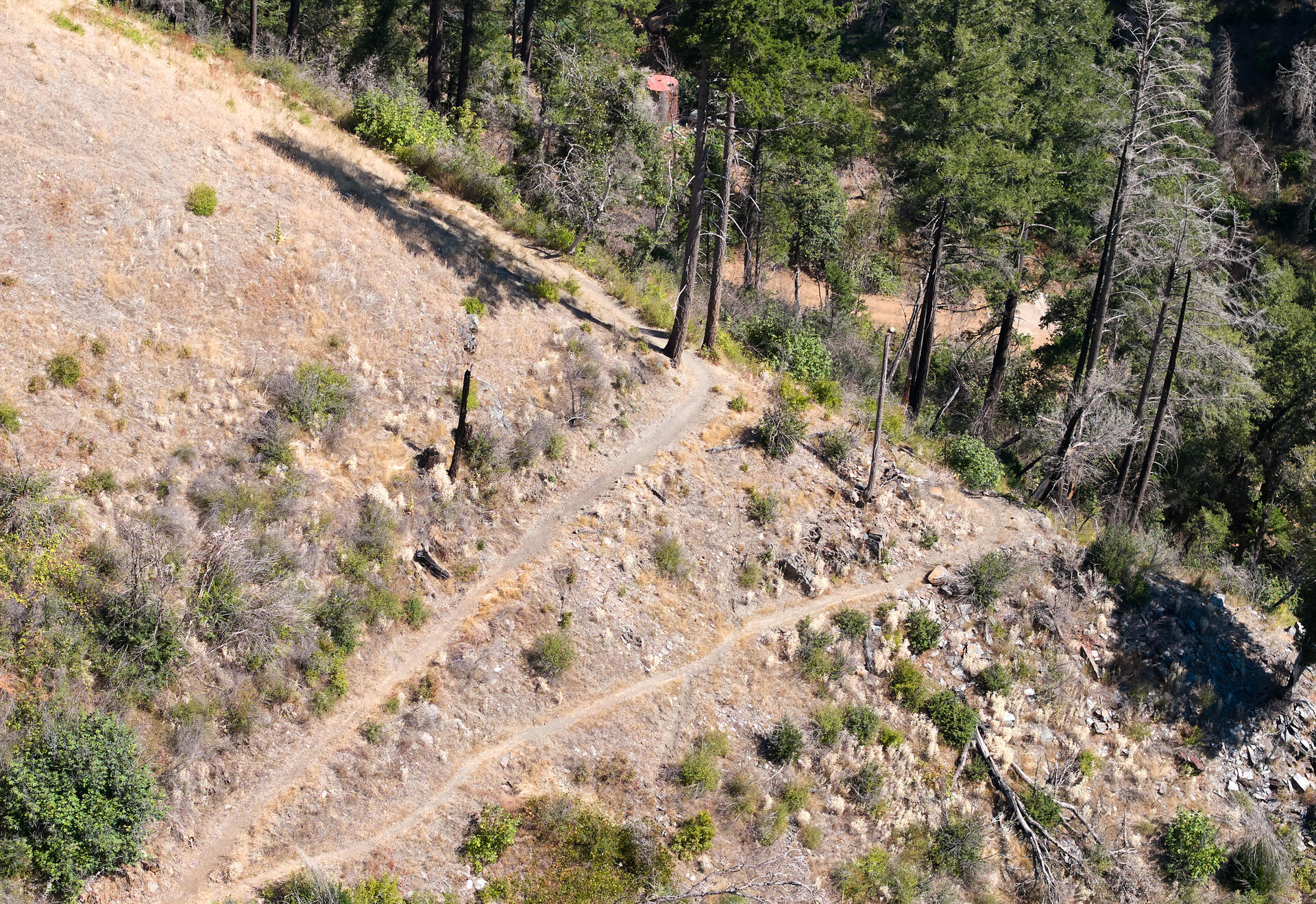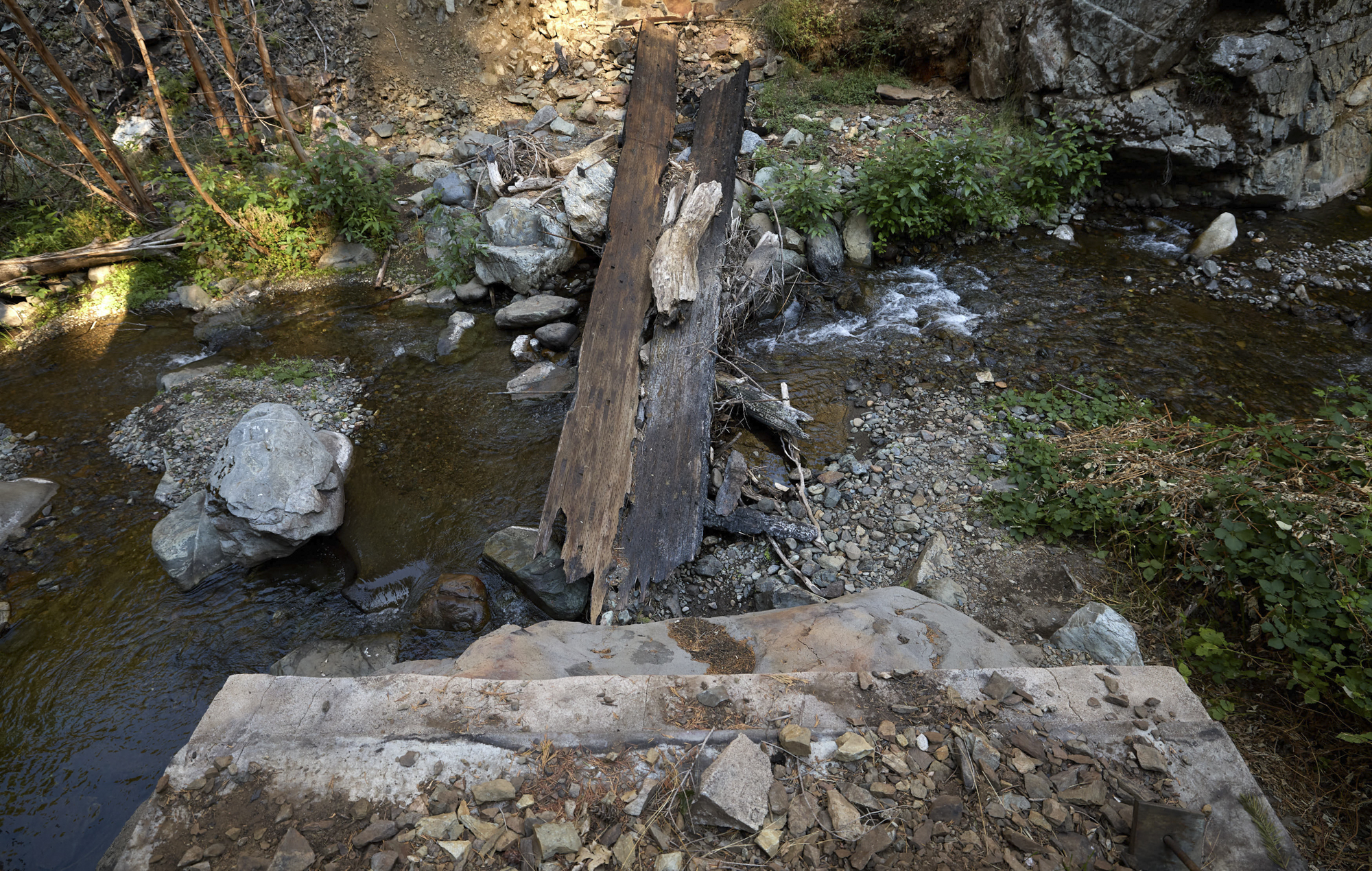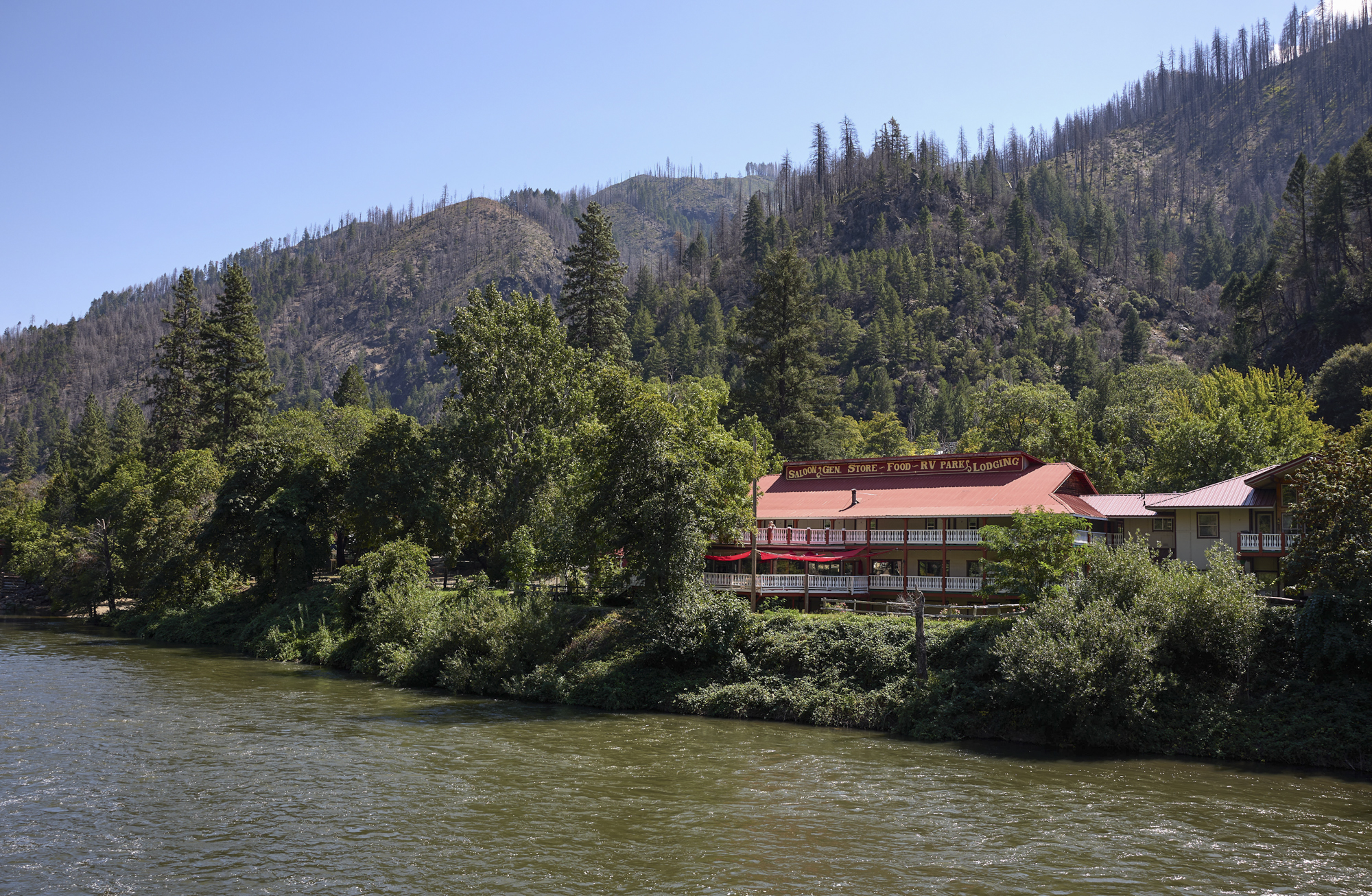When Brenda and Laurie Braaten were preparing to retire, they knew they wanted to live closer to California’s iconic long-distance hiking trail — the Pacific Crest Trail, known fondly as the PCT. It runs the length of California, 2,650 miles, from Canada to Mexico. After sussing out a few different properties, they settled on one in Belden, about a mile up the road from the trail.
Belden is a small town on the western edge of Plumas County, nestled in the northern Sierras. It was first constructed as a railroad town and is now known for its recreational opportunities, including fishing and, of course, hiking.
Once the Braatens moved in, they became “trail angels” — that is, people living near the trail who help thru-hikers with things like rides to the post office, meals and sometimes even shelter. They helped sick and injured hikers and have treated everything from trench foot to giardia. They loved it.
“I find kindred spirits much more readily in the hiking community than I would in any other social venue,” Brenda said.
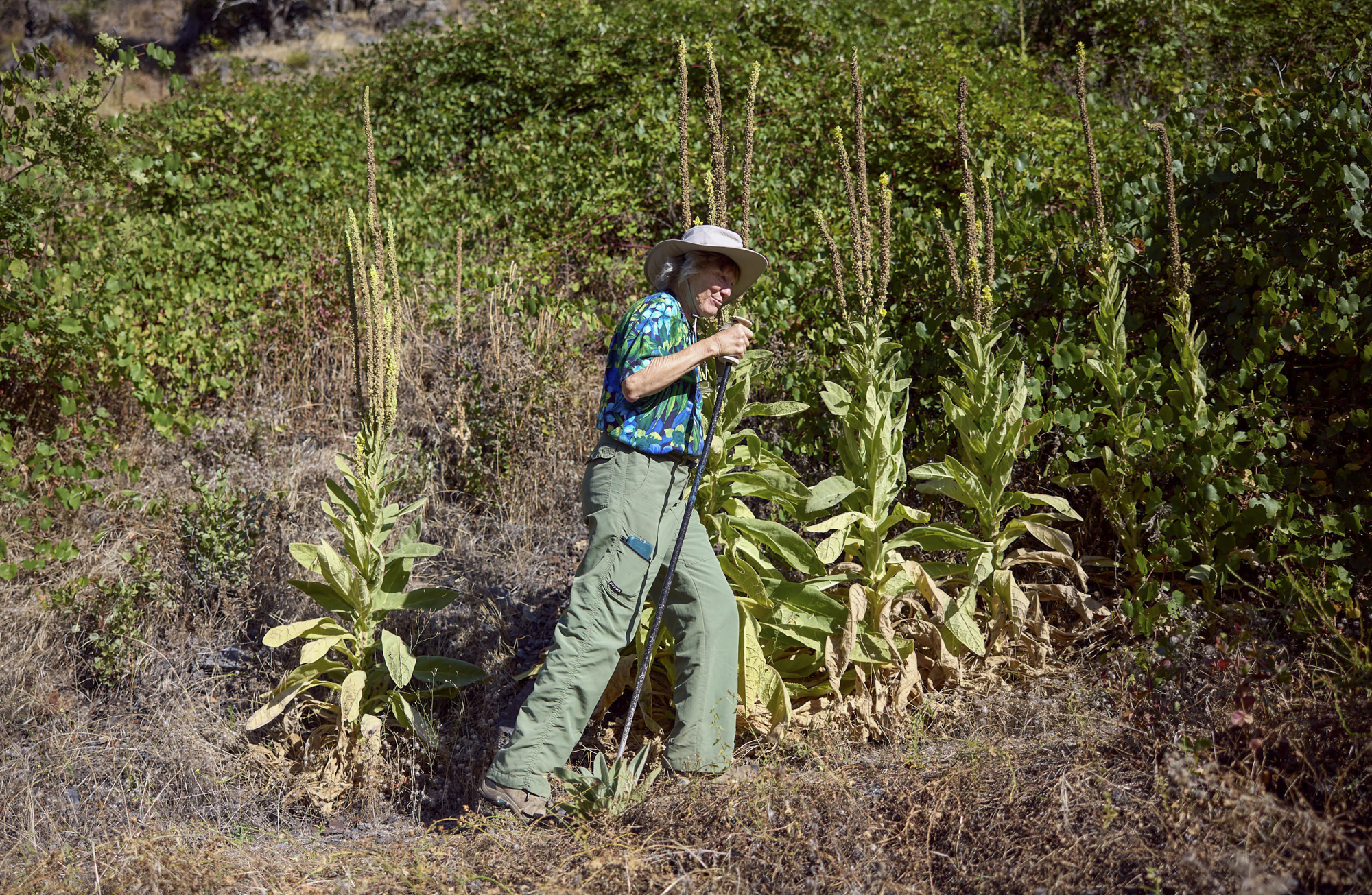
Then came the Dixie Fire, which burned nearly a million acres in northern California in 2021.
The Braatens remember staying up all night, watching from their living room as the fire came over the mountain and dropped down closer and closer to their house. Finally, they decided to evacuate.
“It’s a miracle that Cal Fire kept this house standing because everything along that road burnt to a cinder,” Brenda said.
After three weeks, they returned to their home and a transformed canyon. Instead of lush, green forest, the land was charred black with dead trees as far as the eye could see.
